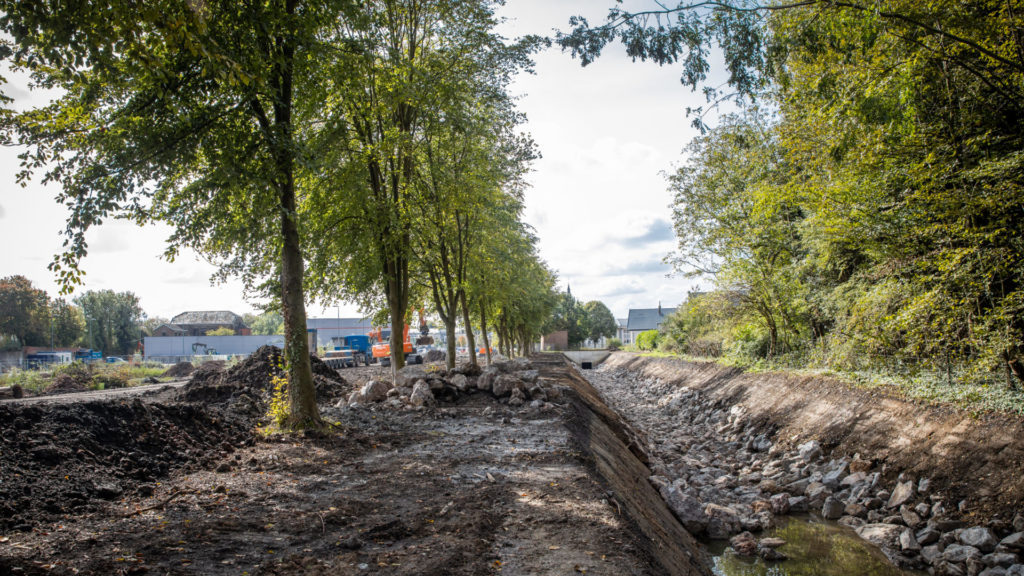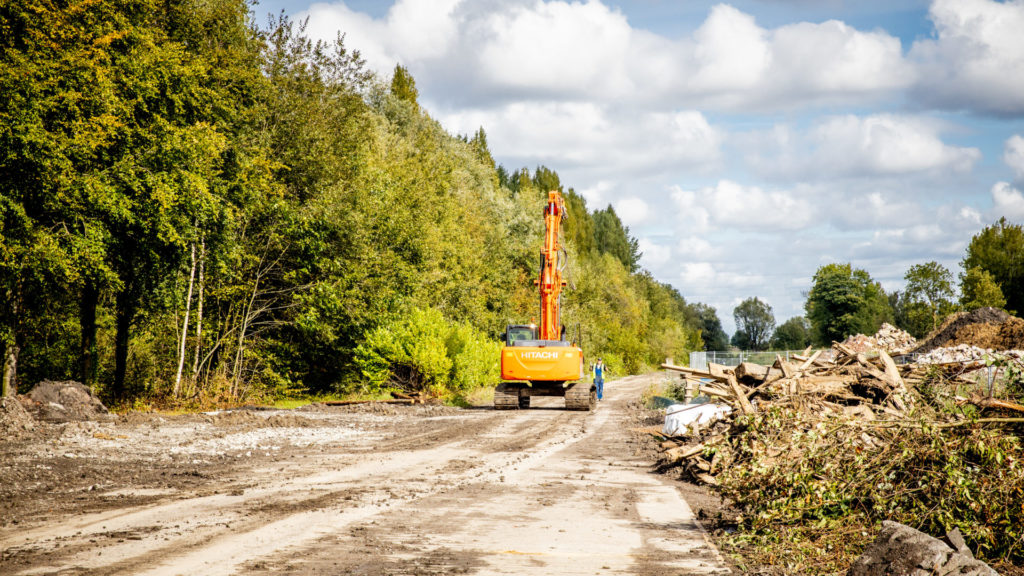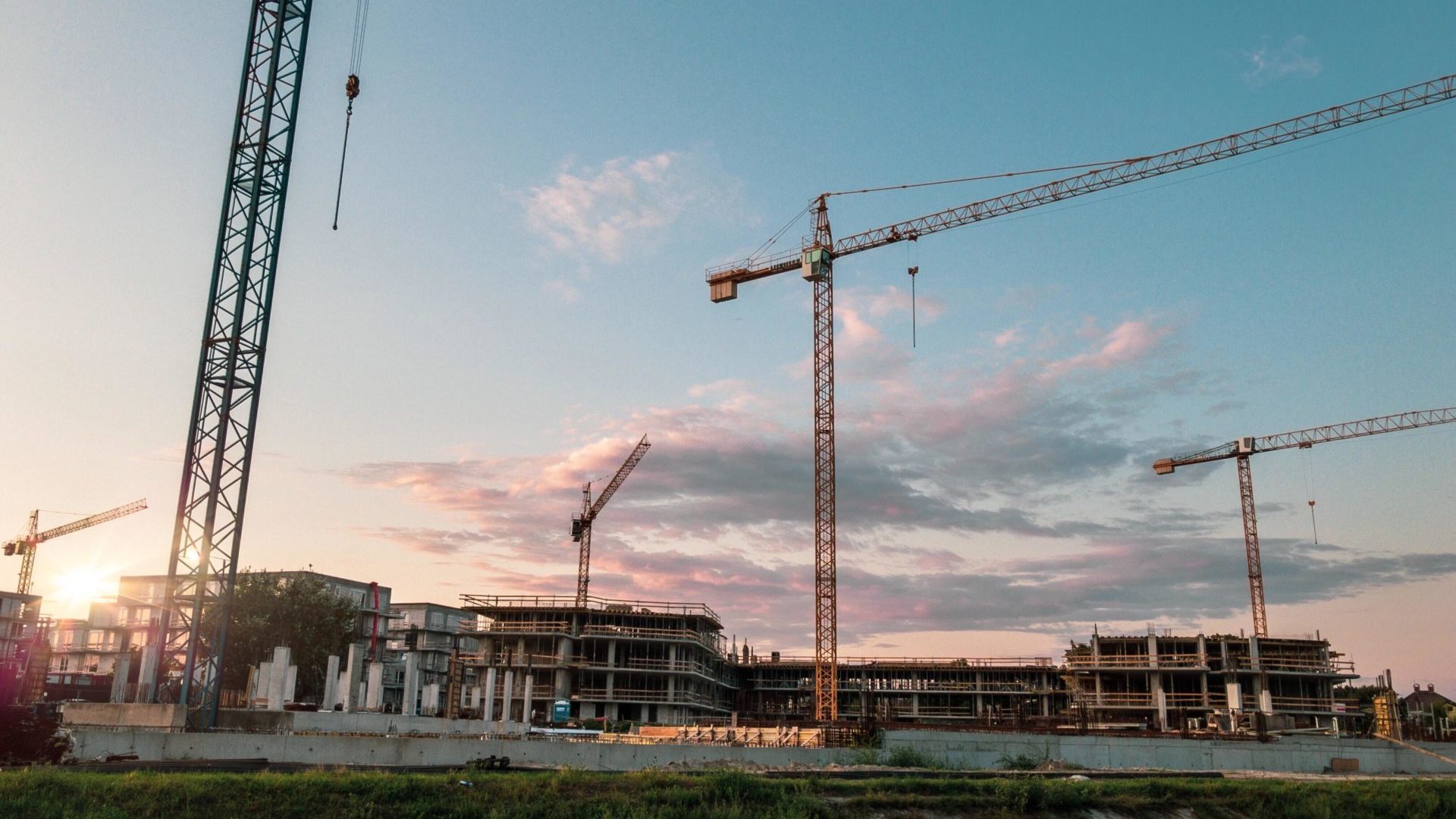
Long considered a burden, brownfields represent real opportunities for territories. They constitute an important land reserve and their rehabilitation is a source of potential economic and urban re-development integrating social cohesion, sustainability and functions mixity.
A different approach to land
In a few years, the use of land for construction will be even more restricted. Many countries in Europe such as France or Belgium have set a goal of ending the exploitation of new land to stop urban sprawl by 2050.
With this goal, authorities intend to stop the sprawl but not the creation of new housing and infrastructure needed to meet population growth. So we need to find alternative places to build, and brownfields represent an enormous potential to be exploited. In France, for example, it is estimated that there are between 90,000 and 150,000 hectares of abandoned industrial sites, in addition to the many commercial, military and administrative wastelands. Brownfields are not only attractive because of their availability, but also because of their size and location (close to city center), which often makes it possible to develop mixed-use projects involving housing, shops, services, etc.

Pollution, a risk to be controlled
However, their conversion is complex:
“The administrative, environmental and urban planning processes are long and complex. It is rare that a rehabilitation project is completed in less than seven or eight years,” says Jean-Philippe Doutrelugne, Director of Development at Equilis Belgium. “There are often many issues at stake, but the biggest risk is pollution.”
Brownfields are still marked by their past activities and few industrial sites have been cleaned up after being abandoned. The most frequent cause is a lack of money, especially within the public authorities that inherited these sites. The burden of cleanup is therefore generally borne by the developers, for whom this step involves significant costs and sometimes complicated procedures.

A virtuous process
As decontamination is an obligatory step, the reconversion of wasteland is inevitably part of an ecological approach. But this is not its only interest for the environment and for local authorities: “Conversion allows us to offer a new future and a mix of uses to these sites, which had brought wealth to their territory for decades and then had quickly become a burden for the community to bear,” continues Jean-Philippe Doutrelugne.
These beneficial effects for the region and the economy can be seen today in many places, notably at the Papeteries de Genval in Belgium, where an abandoned factory has given way to a real business district bringing together nearly 400 housing units, a retirement home and 15,000 m2 of shops. In all, this project, led by Equilis, created 166 jobs.
Other conversions are also underway, such as in Marbehan, Belgium, where the site of a former chemical plant will be transformed into an intergenerational, sustainable, 100% pedestrian district. Another example is In Warsaw, in Poland, in the Ursus district, a place with rich tradition, where 1500 housing units and some retail spaces will be constructed on the site of a former tractor factory.
In addition to the ecological benefit, the rehabilitation of a brownfield adds value and attractiveness to its surroundings, which are also revived. Our redeveloped brownfields, always articulated in their immediate ecosystem, bring a new dynamism to an entire neighbourhood.
